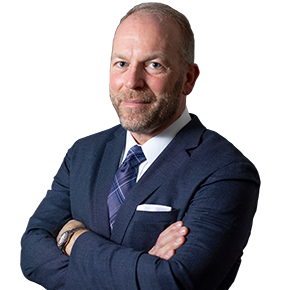As the wrestling season comes near completion many athletes are dealing with injuries that have
occurred over the season. One of the most common injures in wrestling are injuries to the shoulder,
including AC joint sprains and separations and shoulder labral tears and dislocations.
A shoulder AC joint separation typically occurs when a wrestler falls onto their shoulder tearing the
ligaments between the clavicle (collar bone) and scapula (shoulder blade). These can be mild sprains
where there is pain and swelling but the ligaments are slightly stretched but not torn. In severe injuries
to the AC joint the clavicle displaces up and the shoulder blade and arm displace down causing a visual
deformity of the shoulder.
Initial treatment of AC joint separations includes rest and physical therapy. Most people with mild
sprains will recover with conservative treatment and even 50% with Grade 3 AC joint separations
(complete tears of all the ligaments around the AC joint and moderate displacement of the joint) can
recover with conservative treatment. For patients with significant separations and those who failed
conservative treatment surgery can reconstruct the torn ligaments and restore anatomy.
A shoulder labral tear and or dislocation can occur when a wrestler falls onto the shoulder or onto their
outstretched hand causing the arm to separate from the shoulder socket. The labrum (which is the
gasket that surrounds and deepens the socket) typically tears in almost all full dislocations. Mild injuries
can tear the labrum when the shoulder subluxes but doesn’t fully dislocate.
Initial treatment can include physical therapy and a brace when competing. The Sully Brace prevents
the arm from being put in the position of risk that causes dislocation. For those that fail physical
therapy or for those with recurrent dislocations surgery is performed to repair the labrum and restore
stability. In patients with more severe injuries including fractures of bones or impression fractures
(dents in the bone from dislocating) more complex surgeries are used to restore anatomy and stability.
Making sure you see a surgeon who is experienced with these advanced techniques will help improve an
athletes chances of success and return to competition.
The Shoulder Center at Total Orthopedics & Sports Medicine is led by Dr. Charles Ruotolo, Dr. Brett Spain, Dr. Richard McCormack and Dr. Rhyne Dengenis. Our award-winning shoulder specialists treat all shoulder injuries and conditions. Call today and learn more about treatment options.







 Website Design by
Website Design by